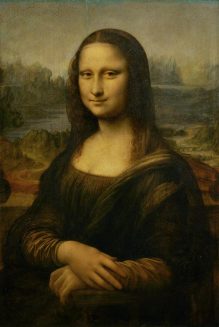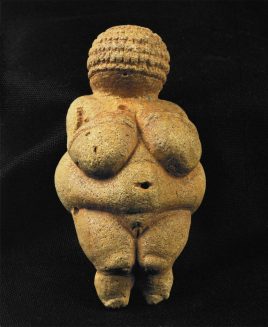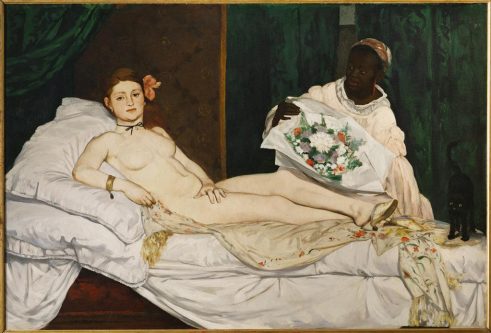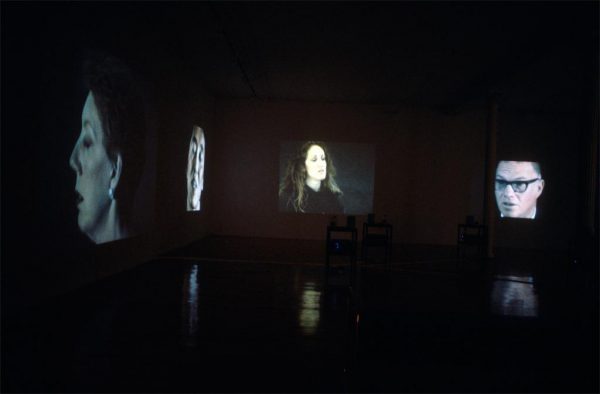In our previous post I introduced our new Principles and Elements of Design resource (which you can find in Teaching Resources under Studio Art) and spoke about the elements of design; in this post, we look at the principles.
As with the series of Elements of Design image groups, each of these includes an explanatory essay with helpful links to further reading. It bears repeating here that my approach is but one of many; since an image group can be copied and then altered as needed, we thought it might serve as a valuable starting point for studio teachers.
Once students can identify the elements of design, the next step is articulating how those elements support different principles of design. Seeing an element and being able to say how it functions in a composition requires an understanding of the principles of design.
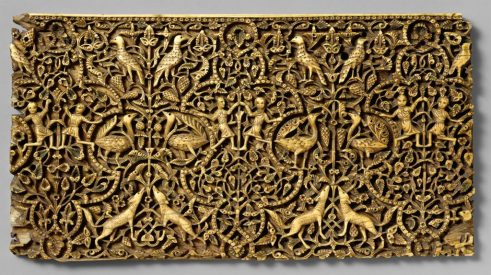
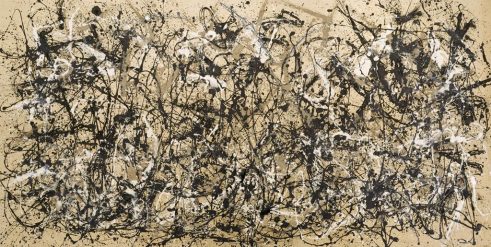
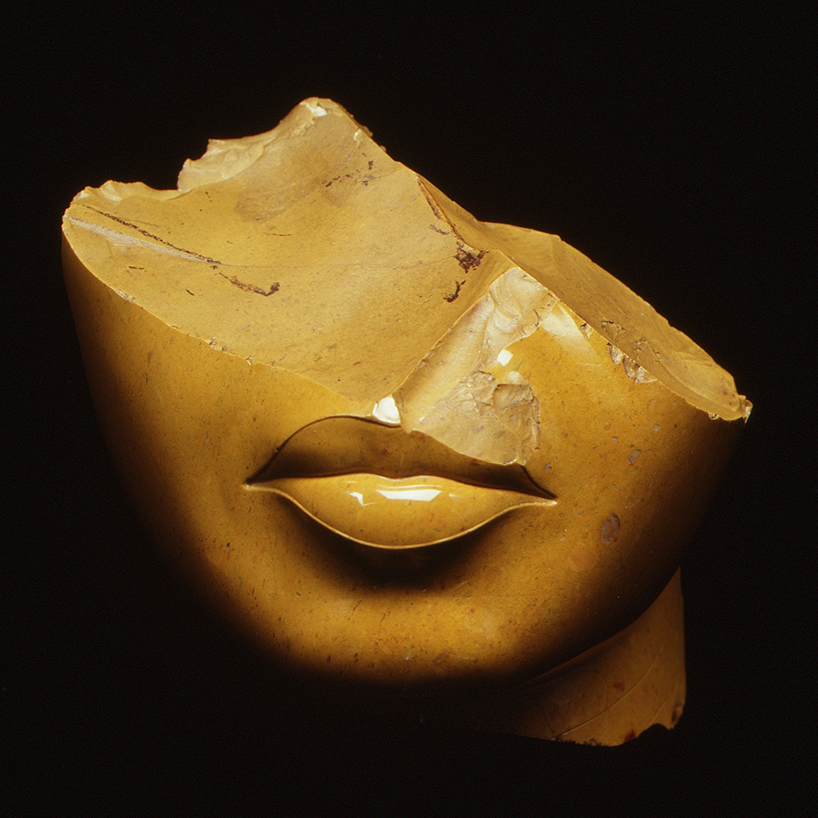
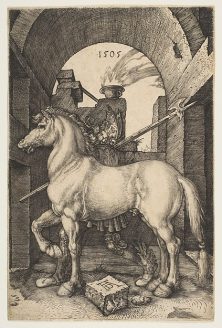
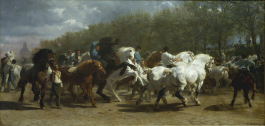
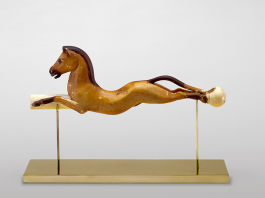
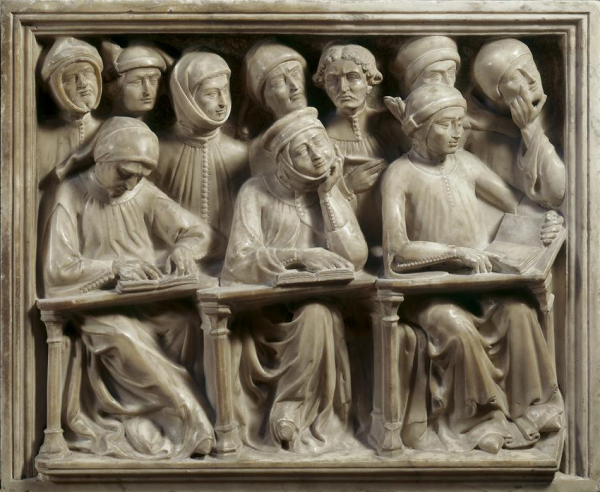
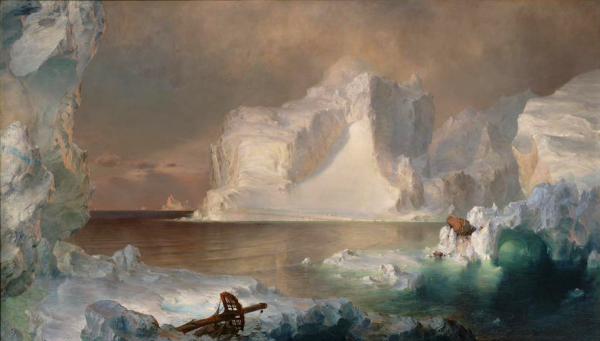
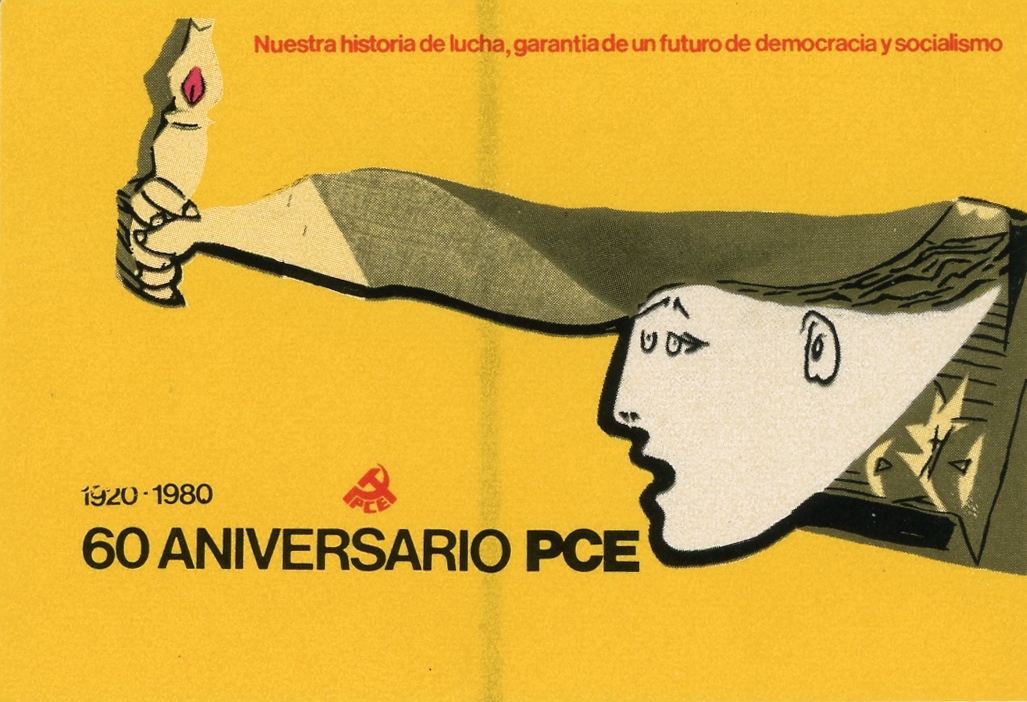



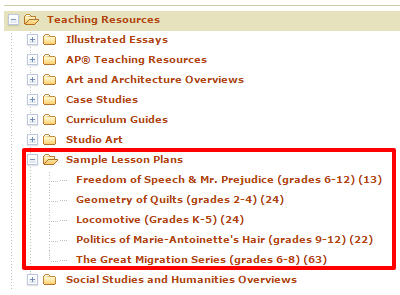 Hearing the call from Artstor teachers for sample lesson plans, we revisited some favorite lessons from our teaching days and borrowed from
Hearing the call from Artstor teachers for sample lesson plans, we revisited some favorite lessons from our teaching days and borrowed from